5 Simple Ways to Play with Sounds in Words
This post may contain affiliate links.
Kids must play games with sounnds so they can hear the sounds in each word when they’re learning to read and write.
The ability to hear, blend, and break apart sounds in words is a huge building block included in the foundation of both reading and writing.
To increase the awareness of these sounds, there a simple sound games kids can play. When creating sound games, we want to include activities such as counting syllables, recognizing and creating rhyming words, and listening for the individual sounds in words. There are two terms used when playing with sounds: 1-phonological awareness and 2-phonemic awareness. These two terms are related and both focus on the child’s ability to hear sounds, whether large or small, in words. You can read more about these in my 7 days series.
Sounds in Words
Today, I’m honored to share with you 5 simple ways to play with sounds in words. Note that I’m only using picture cards. No letters. This is because sound awareness activities only use letter sounds, not visual the letters. The picture cards are from Reading the Alphabet, a 31-week reading curriculum I wrote for preschoolers who already know their letters and sounds, yet need to dive a little deeper in their awareness of how to recognize, manipulate, and apply those sounds to help them read. {I began using this curriculum with my own son when he was 3 years old.}
1. Play with Rhyming Words
Find cards in your set that rhyme. I only used eight cards with my 3 year old daughter to keep it simple for her. Lay them out on your workspace and play a memory matching game, matching by rhyming pictures.
 Be sure when cards are turned over you {and your child} say the name of the object on the picture cards like this “cat…hug”, with a little pause in between each word. If your child is still unsure of rhyming words, you may say something like, “Cat…hug. That does not rhyme. Not a match.” If your child is perfecting that rhyming ear, you may inquire of your child, “Cat…hug. Does that rhyme?” It you turn over two that match, keep the pair and take another turn!
Be sure when cards are turned over you {and your child} say the name of the object on the picture cards like this “cat…hug”, with a little pause in between each word. If your child is still unsure of rhyming words, you may say something like, “Cat…hug. That does not rhyme. Not a match.” If your child is perfecting that rhyming ear, you may inquire of your child, “Cat…hug. Does that rhyme?” It you turn over two that match, keep the pair and take another turn!
2. Play with Syllables
This is one of my kids’ favorite games to play with sounds: Which One Doesn’t Belong? To play it with syllables, pick out sets of picture cards {4 cards in a set}. Make sure that three of your picture cards have the same number of syllables {2 syllables- li-on, cook-ie, dough-nut} and that one of them is different {1 syllable- sun}.
 Lay all four cards out in a horizontal line on your work space. Say each picture card together, emphasizing the syllables in each word. It may even help to clap or stomp them together. See if your child can find the one picture card in the row that doesn’t have the same number of syllables.
Lay all four cards out in a horizontal line on your work space. Say each picture card together, emphasizing the syllables in each word. It may even help to clap or stomp them together. See if your child can find the one picture card in the row that doesn’t have the same number of syllables.
3. Play with Beginning Letter Sounds
The picture cards in Reading the Alphabet have six picture cards for each beginning letter sound, so pick two or three letter sounds your child has been working on or needs to work on. Print off the cards and help your child sort them by their beginning sounds.
When MBug {3 years old} did this with me, I placed three picture cards in the top of the pocket chart {nose, top and pat}. I picked three very different sounds for her, meaning the sounds “feel” very different in the mouth because she is a beginner at this game.
 I modeled the sort for her a couple of times. This is what it sounded like, “/t/-/t/-tent. I hear /t/ at the beginning of /t/-/t/-tent. So, I’m going to put it under /t/-/t/-top because they both start with /t/.” Notice, I’m really emphasizing that beginning sound by saying it over and over again. We did the same thing with each picture card as she sorted them by beginning sound. {When I use the symbols /t/, it means I’m making the letter t‘s sound, not saying its name.}
I modeled the sort for her a couple of times. This is what it sounded like, “/t/-/t/-tent. I hear /t/ at the beginning of /t/-/t/-tent. So, I’m going to put it under /t/-/t/-top because they both start with /t/.” Notice, I’m really emphasizing that beginning sound by saying it over and over again. We did the same thing with each picture card as she sorted them by beginning sound. {When I use the symbols /t/, it means I’m making the letter t‘s sound, not saying its name.}
4. Play with Phonemes
As you get a little deeper into playing with sounds, you begin to work on the individual sounds {or phonemes} in the word. I played this I Spy game with my 5-year old son.} First, I picked several picture cards and laid them out on our workspace.
 I said, “This is a game of I Spy. But I’m not going to just tell you the picture I spy. I will say the word from these pictures very slowly…kind of in a funny way. You need to listen to all the sounds I say slowly and see if you can figure out which word I’m saying. Let’s try one together. I spy, /l/–/ee/–/f/.” I pause about half a second in between each sound. He repeats what I say, then starts blending the sounds together to form leaf.
I said, “This is a game of I Spy. But I’m not going to just tell you the picture I spy. I will say the word from these pictures very slowly…kind of in a funny way. You need to listen to all the sounds I say slowly and see if you can figure out which word I’m saying. Let’s try one together. I spy, /l/–/ee/–/f/.” I pause about half a second in between each sound. He repeats what I say, then starts blending the sounds together to form leaf.
5. Play with Phoneme Manipulation
One of the most challenging ways to play with sound is manipulation. This is where young learners change a sound in the word to make another sound from either the beginning {cat to hat}, middle {cat to cot} or end {cat to cap}. For this game called, Change that Sound!, I picked four picture cards for each round. I laid out one top card, which was my starting word {such as hat}. I also provided three cards for him to choose from as support, since my son was new at this game.
 I said, “This game is called, Change that Sound! With this game, you have to change one sound in the word and when you do, it will make a different word.” We practiced a couple times together, “If I took the /a/ out of hat and put an /o/ there instead, what word would I have?” This game is a complicated process because it requires the child to separate each sound /h/-/a/-/t/, isolate and take out one sound: /a/, add the /o/ sound by separating the sounds /h/-/o/-/t/, and then blend the word back together again- hot. Whew! What an ear workout!
I said, “This game is called, Change that Sound! With this game, you have to change one sound in the word and when you do, it will make a different word.” We practiced a couple times together, “If I took the /a/ out of hat and put an /o/ there instead, what word would I have?” This game is a complicated process because it requires the child to separate each sound /h/-/a/-/t/, isolate and take out one sound: /a/, add the /o/ sound by separating the sounds /h/-/o/-/t/, and then blend the word back together again- hot. Whew! What an ear workout!
Quick Suggestion for Extension: Many of the games shared in each section above are interchangeable. In other words, the game I use to work on syllables can be used to work on beginning sounds. Just switch out your picture cards.
Reading the Alphabet Bundle Pack Sale! While Reading the Alphabet is offered for free on my blog, I also have it bundled as a pack as an easy download. There are extras provided in the bundle you won’t find in the free version as well. Today and tomorrow only, I’m running a Christmas sale on my Reading the Alphabet bundle pack: $2 off when you enter christmas2013 as your discount code. You can read more about the sale here.
 Becky Spence is a homeschooling mama to four little blessings who keep her on her feet {and knees}. She is passionate about teaching, specifically literacy. She is the author of This Reading Mama, where she shares reading and writing activities as well as free literacy curricula and printables. You can connect with her on Facebook, Twitter, Pinterest, and Google +.
Becky Spence is a homeschooling mama to four little blessings who keep her on her feet {and knees}. She is passionate about teaching, specifically literacy. She is the author of This Reading Mama, where she shares reading and writing activities as well as free literacy curricula and printables. You can connect with her on Facebook, Twitter, Pinterest, and Google +.
ALSO READ:
Storytelling Games for Kids
Best Word Games for Kids
Sight Word Games
Days of the Week
Word Play

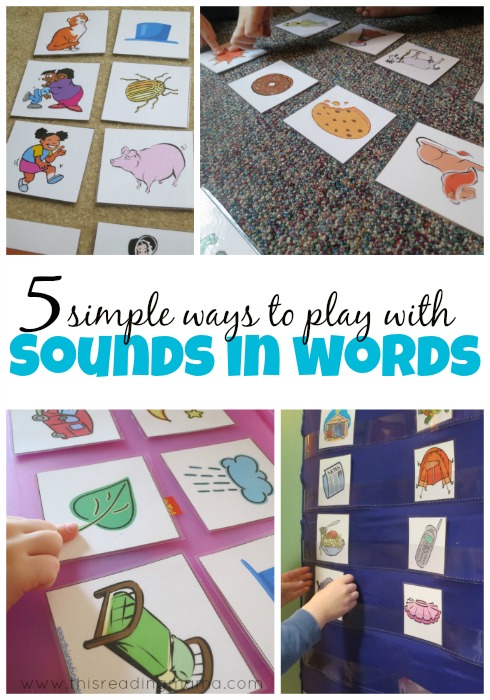
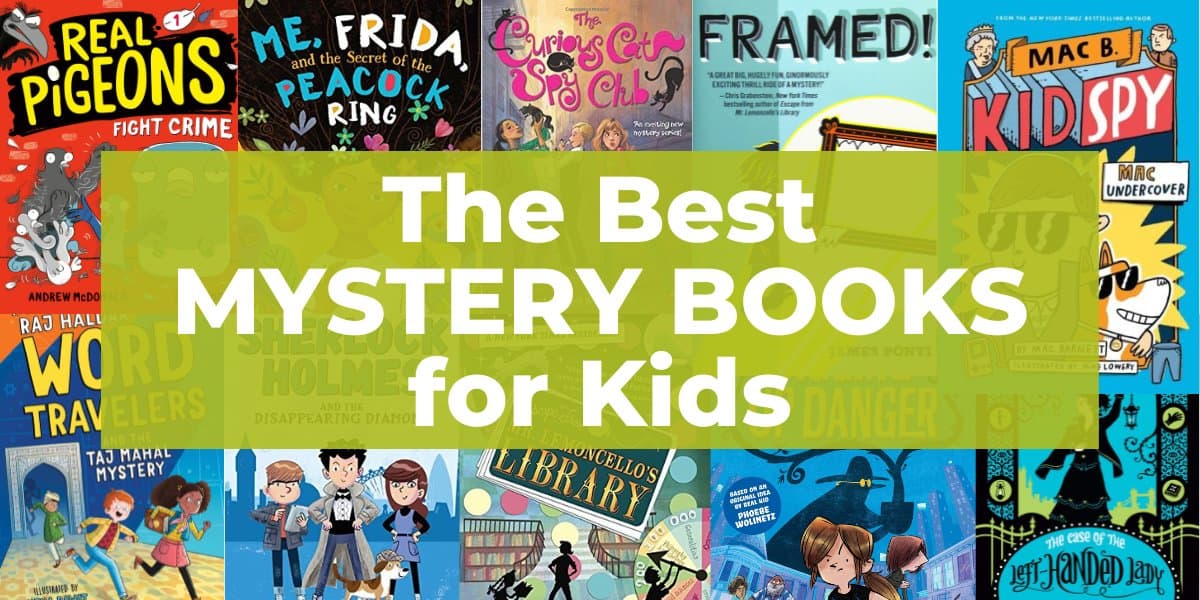
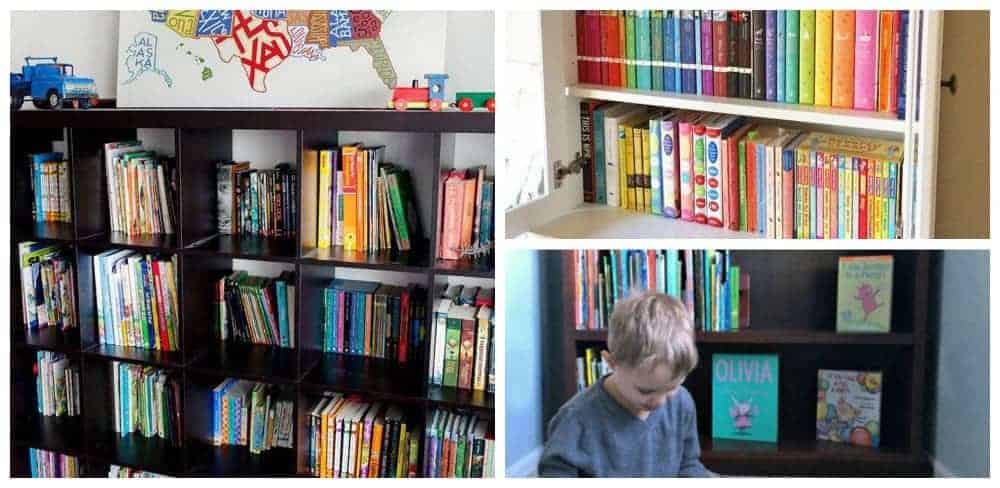
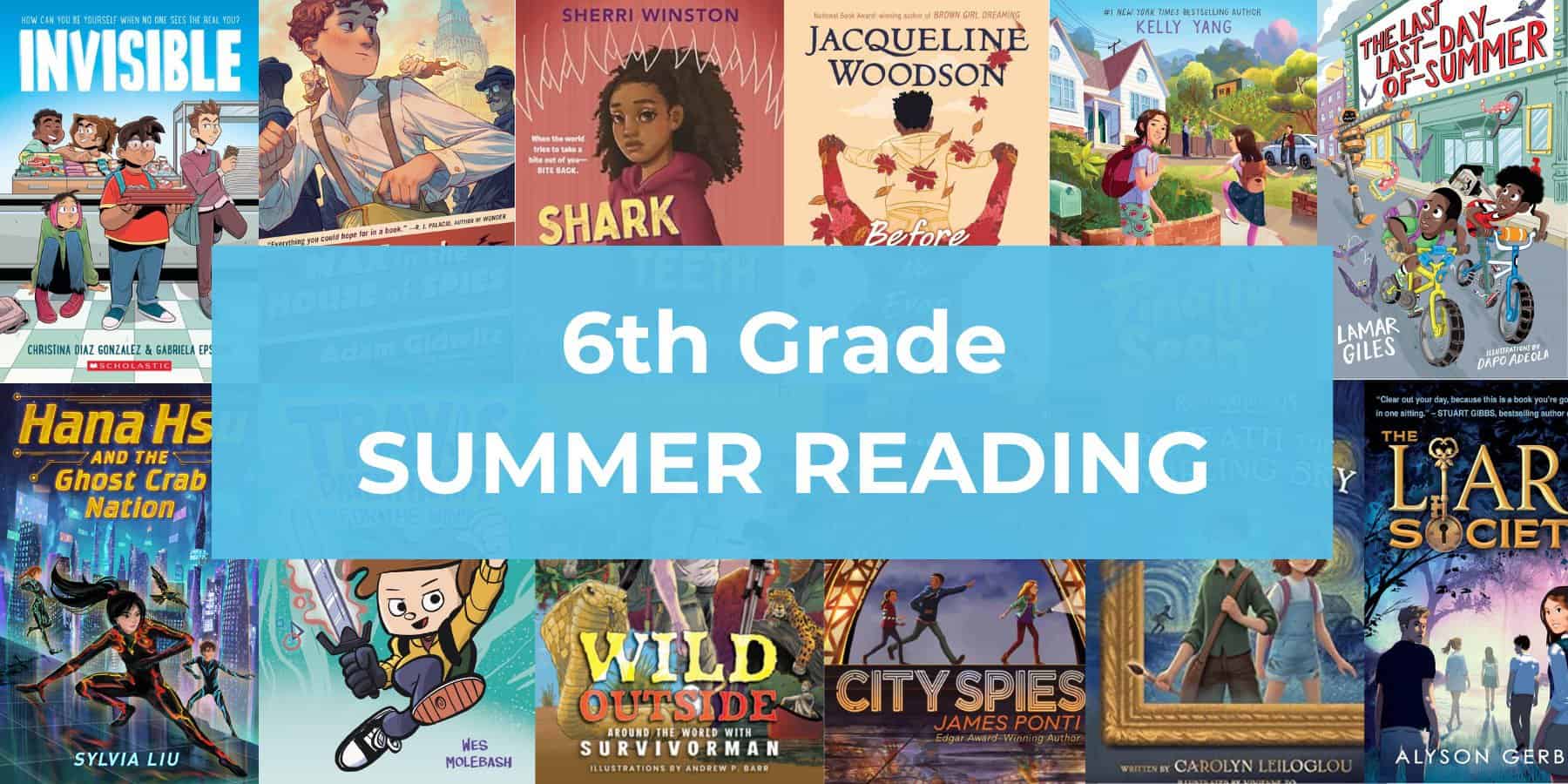
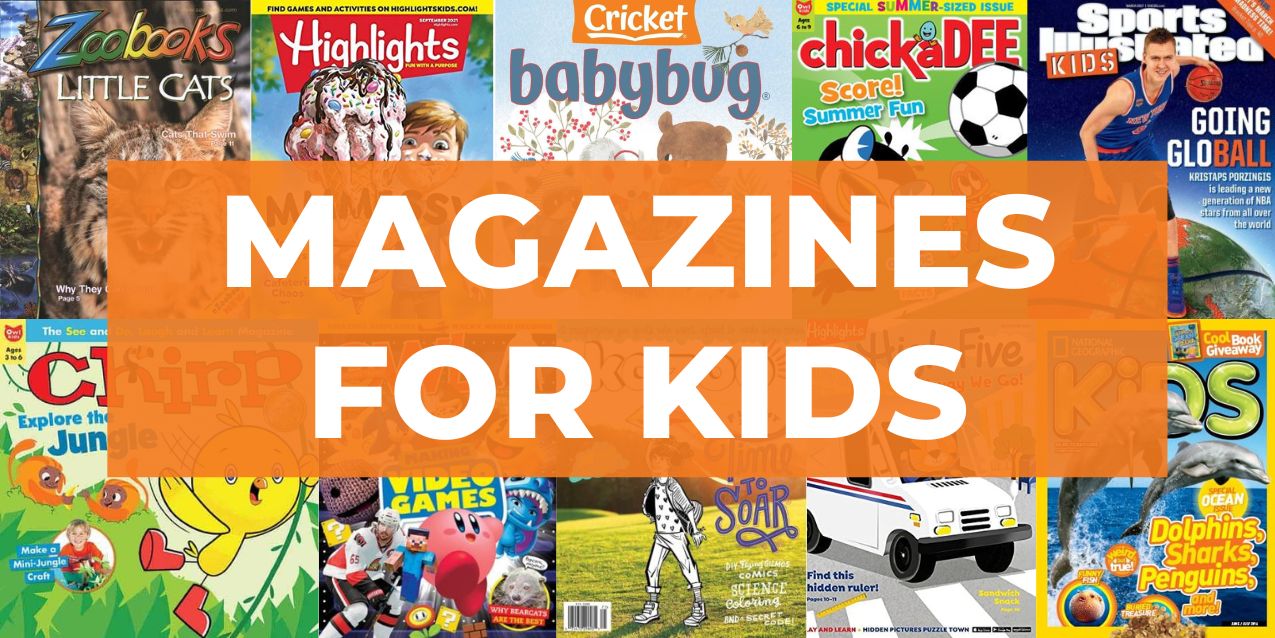
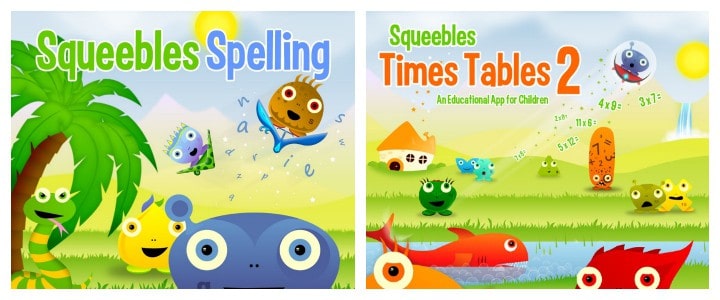
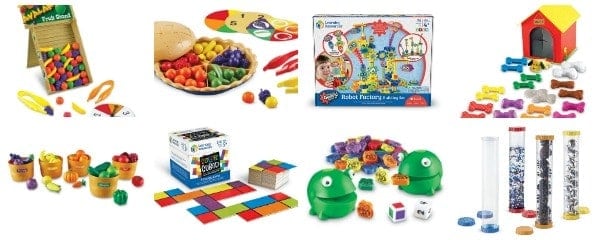
I absolutely love your ideas!!!! I am a reading coach at an elementary school with students struggling with phoneme segmentation. I am going to use your dot segmentation sheet today with a student. Do you have more of these? I would love to purchases more from you like this if you do.
Visit Becky who wrote this article at her site http://thisreadingmama.com/ and she has MANY similar resources!
all of these ideas are great, so much fun!